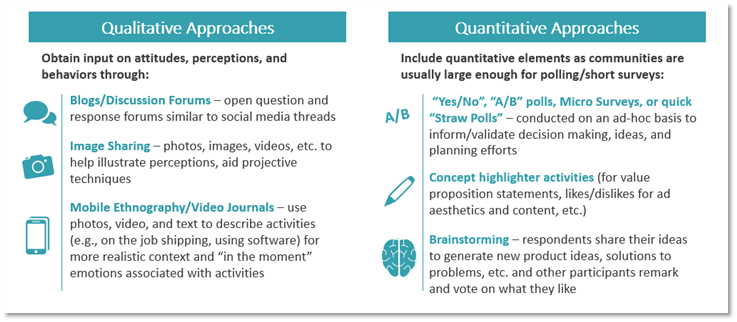Market research communities can be effective tools to help businesses develop a deeper relationship with customers. However, managing online communities can be a large, long term commitment for members and businesses. Activities must be sent on a regular basis so that members stay engaged and the response rate is optimized.
Pop-up communities take advantage of the positive aspects of online communities without needing to keep it active and maintain it for years. Just like the concept of a pop-up retail location, these pop-up communities are open and active for the period of time when it is most impactful for your business.
There are many benefits of a pop-community such as:
A FLEXIBLE APPROACH
- Pop-up communities allow for agility, where you modify and fine tune as you go. If new questions arise during an activity, it is possible to quickly create new activities or modify/update materials you are testing and see what reaction that receives from community members.
- They accommodate a number of different approaches (both qualitative and quantitative).

- They vary in length depending on the questions you are trying to answer; they could last as short as one week or up to a few months.
- They can fluctuate in size and focus – from being very focused with a small, specifically selected group or more robust reaching a broad audience from which you can select to do specific activities.
- They can be branded or unbranded depending on the nature of on the business objectives.
COST EFFECTIVE
- Smaller communities with shorter timeframes can be very affordable. KS&R has had success with communities of as few as 30 and up to several hundred members.
- The single platform allows you to quickly add in new questions or topics without having to create an additional, ad hoc research project to address new business questions.
SOCIAL EXPERIENCE
- Community members are provided with a variety of different activities that keep them engaged and interested.
- Members have the opportunity to ask probing questions to each other in some of the discussions and that can lead to surfacing fresh insights or issues we may not have even thought about ourselves.
- Since members participate on their own time, it allows for them to reflect as they participate rather than requiring a large volume of responses all at one time. This leads to a stronger sense of community and a greater depth of interaction.
RAPID FEEDBACK
- Setting member expectations for how often they should check in and what is expected of them for this controlled period of time (rather than over years like a traditional community) helps keep members engaged and responsive.
- The feedback from one activity can be used as stimulus for another activity. Members appreciate that you are listening and acting upon their feedback when their input is used to further the discussion.
While there are a vast number of potential use cases for pop-up communities, some examples include:
- Exploratory/Ideation research – utilize member interactions to brainstorm new ideas for products and services
- Ad/Communication Testing – gain prompt insights into what is most/least compelling, relevant, and different, etc.
- Product & Service Development – quickly obtain market input across the entire development cycle (screening preliminary ideas, testing specific features/capabilities, vetting messaging)
- Value Proposition Development & Evaluation – assess wants and needs to develop value prop and marketing messages
- Brand Assessment – quickly determine brand perceptions, and consideration relative to competitors
- Buyer’s Journey Exploration – take a detailed walkthrough of purchase steps, roles, decision criteria, etc. to gain a more insightful view of a buyer’s journey
Pop-up communities allow organizations to maintain the advantage of using an online community while easing the pressure of having to keep it active for several years. The fast, agile nature of this approach allows organizations to create one of these communities at a controlled point in time that is most beneficial to their business.


